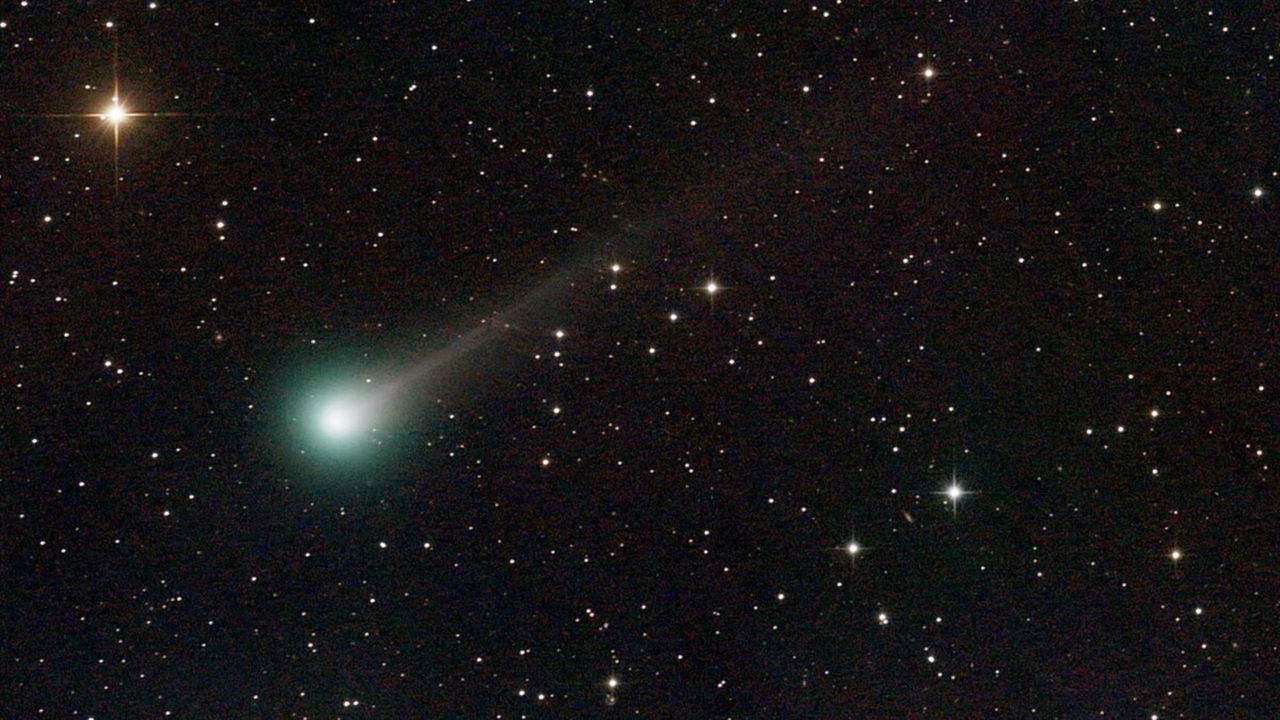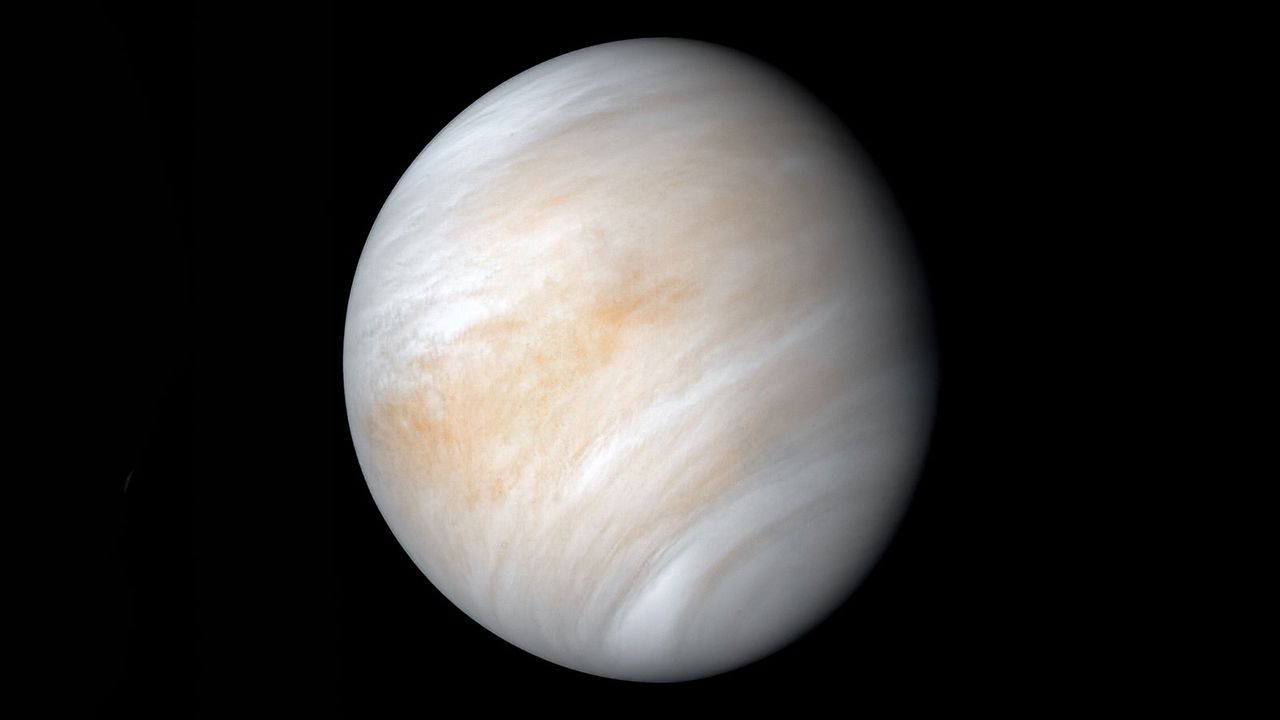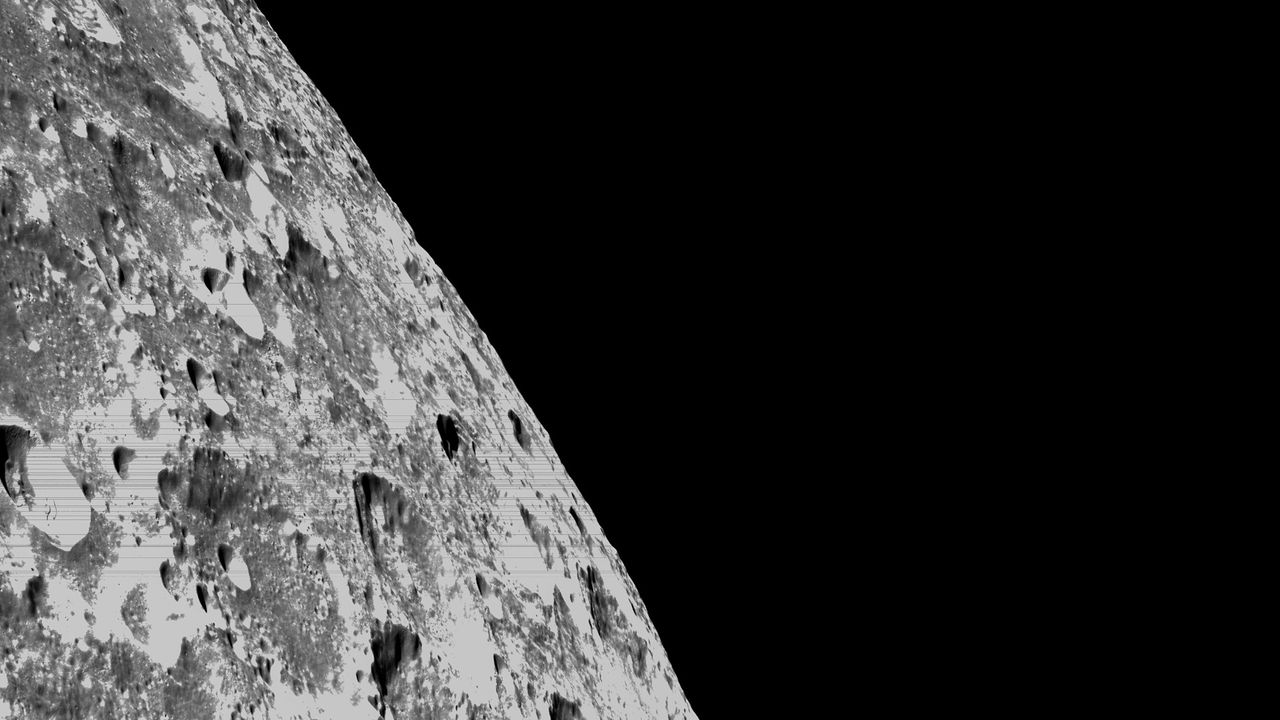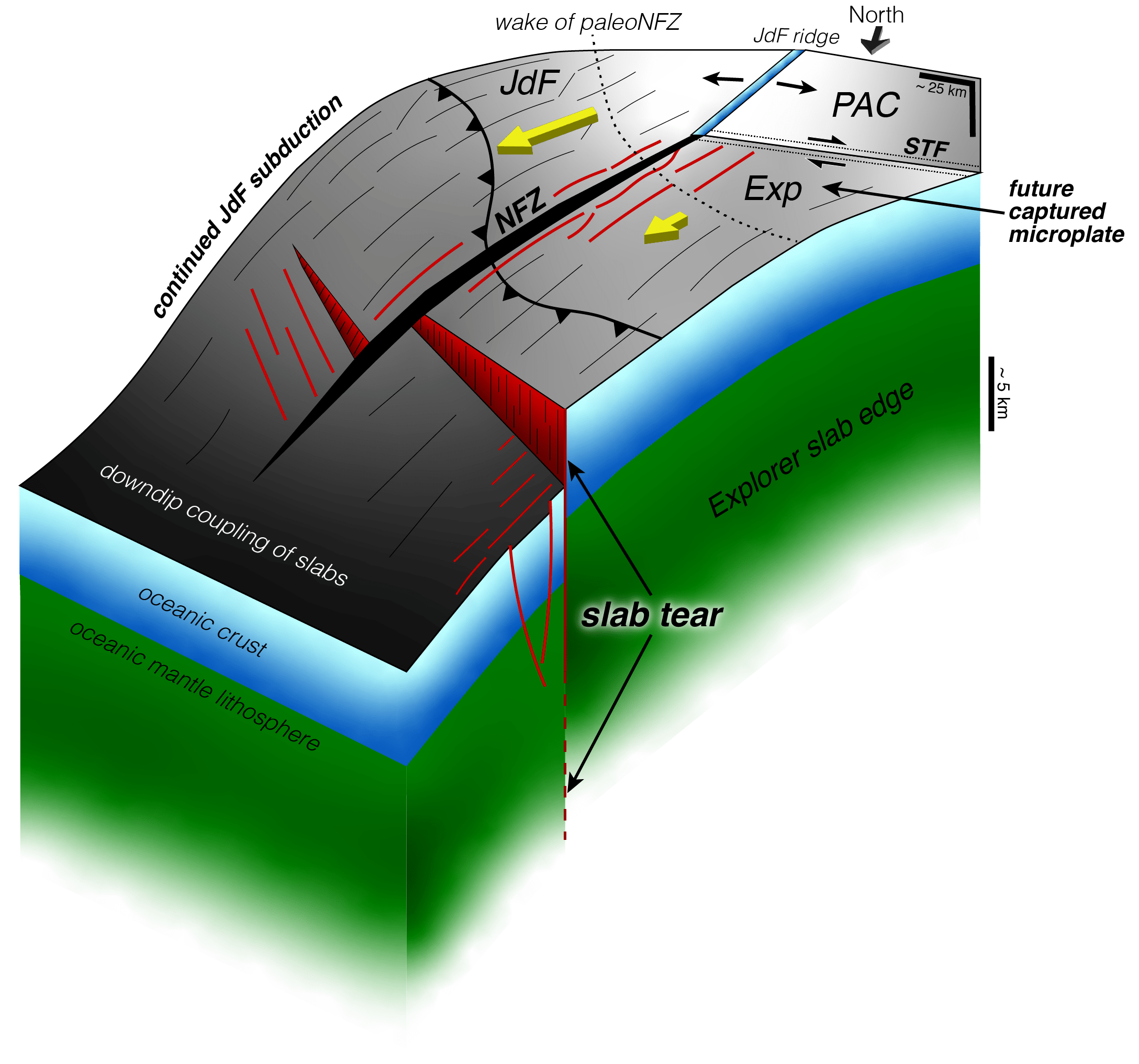Newly discovered comet 'Lemmon' may be visible to the naked eye this month — but it will look more like a lime
PositiveScience

Exciting news for skywatchers! The newly discovered comet Lemmon is set to make a close approach to Earth this month, offering a rare opportunity to see its striking lime-green glow with the naked eye. This celestial event not only captivates astronomy enthusiasts but also highlights the wonders of our universe, reminding us of the beauty and mystery that lies beyond our planet.
— Curated by the World Pulse Now AI Editorial System









